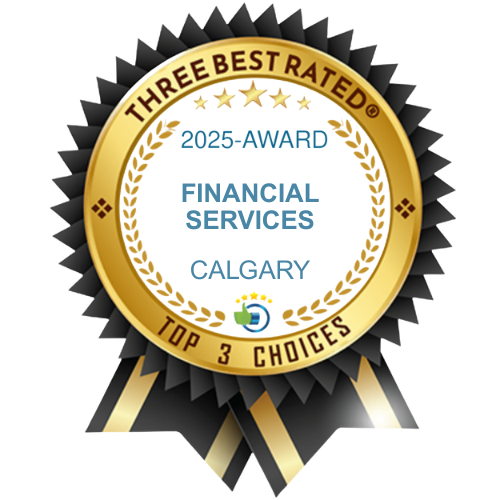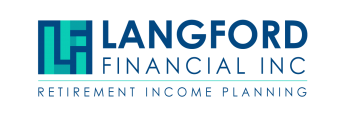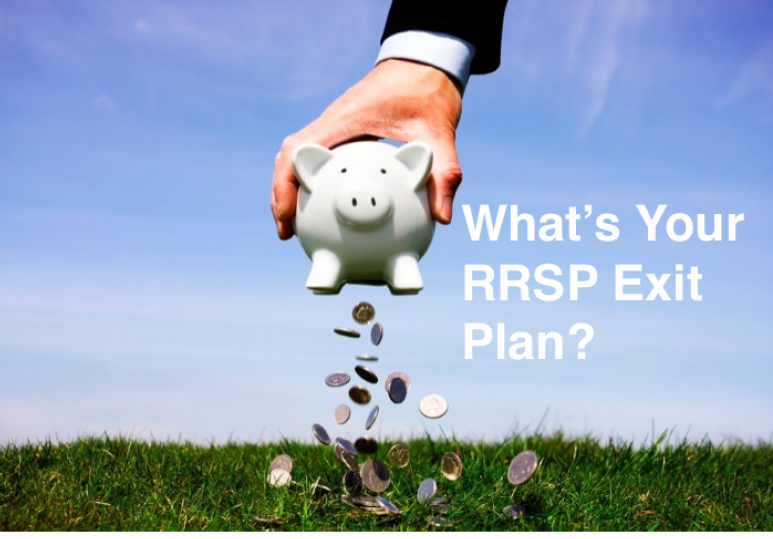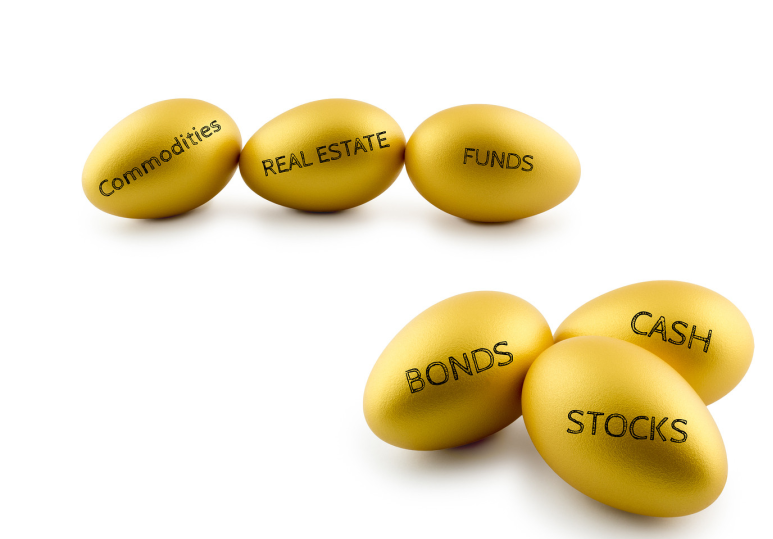Remember that awesome tax refund you received because of your RRSP contributions?
The 2 main advantages of an RRSP are first, the immediate tax savings. The idea is to put money into an RRSP at a higher tax rate while you are working and take it out at a lower tax rate when retired. Second, you are using money that would have otherwise gone to taxes to build a retirement nest egg.
But, eventually, CRA wants some of that tax back. Before they force you to start taking some money out, what are your options? You actually have 3 options when it comes to converting your RRSP into a retirement income stream (RIFF).
1.) You can cash it in and take it all at once. You will pay a lot in taxes, so unless it's a very small amount, we don't recommend this. Sometimes cashing in part of your RRSP is a viable option, depending on your situation.
2.) You can buy an Annuity. You can take the whole lump sum, or a portion of it, and buy an income stream that will last the rest of your life or for a certain amount of time, say 20 or 25 years. You can buy a joint-life annuity so that the payments continue to a surviving spouse. You can also add a guaranteed period up to your age 90 so that the payments continue to a beneficiary. There's also indexing that can be added to your annuity if you want some inflation protection. The more features you add, the smaller the monthly payments get.
You can do a shorter-term annuity so that your income is higher early in retirement and then do a reverse mortgage for the remainder of your life. (It's one way to tap into the equity in your home.)
You can add different features to your annuity. You can use a cashable and deferred annuity that allows you to continue to get market growth and potentially increase your future income. Do not underestimate the benefit of incorporating annuities within your retirement plan.
3.) RRIF. Registered Retirement Income Fund. Once you turn your RRSP into a RRIF you have to withdraw a minimum amount each year. The latest you can wait is at age 72. At that age, the minimum withdrawal is 5.4%. You can take more, but you cannot take less. Each year following age 72 the withdrawal percentage increases. The nice thing about RRIFs is that you have access to your capital at any time and you can still be fully invested in the markets and own a wide variety of investments. The income you receive from either an Annuity or a RRIF will be taxed at the same rate. Keep in mind, that you can turn your RRSP, or a portion of it, into a RRIF before age 71.
Tax planning with RRIFs
When taking money out of an RRSP you have to pay withholding tax to CRA.
How much?
$5000 = 10%
$5000-$15,000 = 20%
Over $15,000 = 30%
If you were to take out $15,000 from your RRSP in January, you would be giving CRA 15%, which is $4500. If your average tax rate is less than 30% you are now giving more money to CRA than necessary. That money is now gone from your investments and it will take you 16 months (April of next year) to get a refund.
Blog: The Difference Between Marginal Tax Rate and Effective Tax Rate
If you converted just a portion of your RRSP into a RRIF - say $15,000 and took a monthly payment, you would at least only pay the withholding tax on a monthly basis. It would still be based on the 30% rate.
Here's another idea: If you did your income planning in advance you could set up an SWP - systematic withdrawal plan from your Non-registered account or TFSA and have no withholding tax and then make your RRSP withdrawal in December and replenish what you took from your non-registered or TFSA.
Keep in mind that if you withdraw money from your TFSA in one calendar year you can replenish it the next calendar year plus whatever the new contribution limit is for that year.
You can choose to do a combination of all 3 of the above options
For example, you may want to use some of your RRSP to create a guaranteed income to always be able to pay for your basic living expenses. An annuity works well for this. One good thing about a RIFF is that you can still have your money growing in the markets which helps protect against inflation. You can also take out money from your RRSP at any time to enjoy your life, help out a family member, or fund other non-registered investments.
When it comes to retirement income planning, we like to use the least flexible and least tax-efficient income first. CPP, OAS, and RRSPs fall into that category. It's often a good idea to start taking some money out of your RRSP early, even if you do not need the money in order to maximize tax efficiency. You can move the unspent money into a more tax-efficient and flexible structure like your TFSA or a non-registered investment. This will provide you with more options on how the investment income is produced, how it is taxed, and how it is distributed after your death. As an added benefit, the more money you funnel into your TFSA for later in life means you can potentially qualify for more government benefits.
It's important to understand that there isn't a one-size-fits-all strategy, but rather you need an approach that is uniquely designed for you and takes into consideration your goals and values, timeline, risk tolerance, and lifestyle.
Our business is all about helping clients declutter their lives by first getting their total financial house in order and providing the clarity and confidence to retire sooner than later. You can learn more about our process by clicking here.
Fee-only Retirement Income, Investment, & Tax Planning
Willis J Langford BA, MA, CFP
Nancy Langford CRS
Retirement Income, Investment & Tax Planning For Those 55+
Willis J Langford BA, MA, CFP
Nancy Langford CRS
587-755-0159
.jpg)
You may also like: Annuities or GIC's: Which are better?







